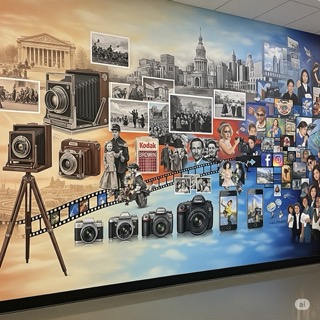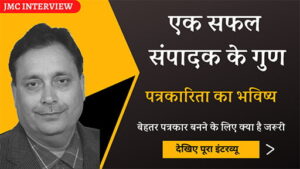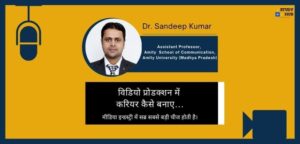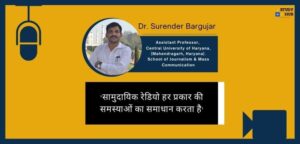Assertion (A): Women in print media are largely confined to covering soft news.
Reason (R): Women journalists lack the networks, access to positions of authority, and family and social environment to succeed in mainstream journalism.
(A) Both (A) and (R) are true.
(B) Both (A) and (R) are true, but (R) is not the correct explanation of (A).
(C) (A) is true, but (R) is false.
(D) (A) is false, but (R) is true.
Correct Ans: (B)
Explanation:
Women in print media often cover soft news topics such as lifestyle, fashion, and entertainment. This trend stems from longstanding gender biases that assign hard news, like politics and crime, to male journalists. Many news organizations assume that women are better suited for feature writing rather than investigative or conflict reporting. As a result, their contributions remain limited to human-interest stories rather than major policy or economic issues.
At the same time, women journalists face multiple challenges in advancing their careers. Limited access to professional networks, fewer leadership opportunities, and restrictive social expectations hinder their progress. Many struggle to balance work and family responsibilities, making it difficult to compete in high-pressure news environments. Additionally, traditional newsroom cultures often exclude women from key assignments, reinforcing gender-based divisions in journalism.
Both the assertion and reason are true. Women do primarily cover soft news, and they face systemic barriers in mainstream journalism. However, the reason does not directly explain the assertion. While challenges like networking and authority play a role, cultural stereotypes and editorial biases also contribute significantly.
In conclusion, gender disparities in journalism persist, limiting women’s access to hard news reporting. Addressing these issues requires inclusive newsroom policies, equal opportunities, and a shift in societal perceptions about women’s roles in media.














